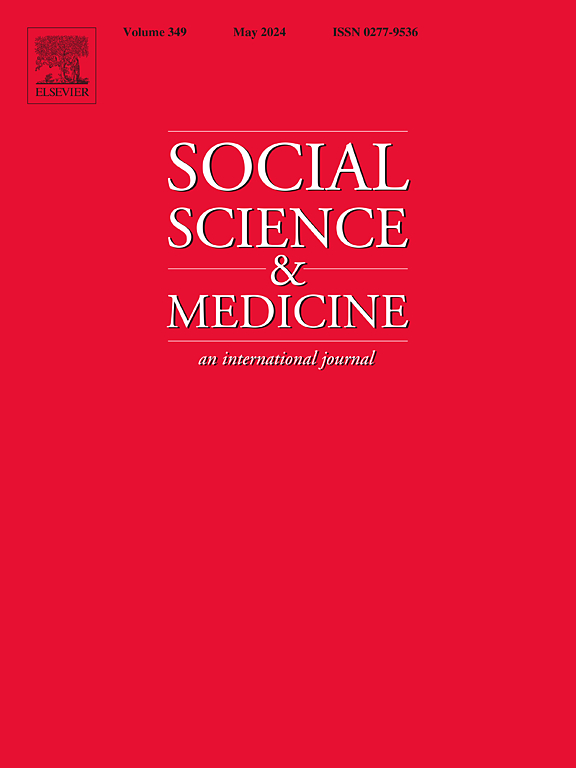微流动性:转向健康、社会互动和包容性。
IF 5
2区 医学
Q1 PUBLIC, ENVIRONMENTAL & OCCUPATIONAL HEALTH
引用次数: 0
摘要
步行、骑自行车和其他微型交通工具(包括轻型和非封闭式车辆,如踏板车)的共同特点是不依赖化石燃料(零碳或低碳)、非封闭式(无保护)、比私家车和火车等机械化运输方式慢。目前距离审议《2030年可持续发展议程》还有不到五年的时间,微型交通变得更加重要。首先,虽然交通伤害风险一直是最重要的研究焦点,但更广泛的缓慢移动,环境和健康的界面正在成为最前沿。界面范围从对健康的负面环境暴露到对新鲜空气、绿色植物和蓝色资产的更积极的环境暴露。其次,微交通不仅对可达性很重要,而且对人们对流动性的渴望也很重要,人与人之间的互动和人与环境的互动自然会发生。三是社会弱势群体的特殊需求突出。应优先考虑提供适合儿童和老年人使用的步行、骑行和微移动基础设施。本文章由计算机程序翻译,如有差异,请以英文原文为准。
Micromobilities: The turn to health, social interaction and inclusivity
Walking, cycling and other means of micromobility (encompassing lightweight and non-enclosed vehicles like scooters) share common characteristics of not relying on fossil fuels (zero- or low-carbon), non-enclosed (unprotected), and being slower than mechanized transport modes, such as private cars and trains. With less than five years remain for reviewing the 2030 Agenda for Sustainable Development, micromobilities have become more important. First, while traffic injury risk has been the single most important research focus, the much wider interface of slow mobility, environment and health is coming to the forefront. The interface ranges from the negative environmental exposure to health to the more positive environmental exposure to fresh air, greenery and blue assets. Second, micromobilies are important not only for accessibility but also people's desire for mobility, whereby people-to-people interaction and people-environment interaction naturally happen. Third, the special needs of the vulnerable groups in society have become eminent. The need to provide a connected walking, cycling and micromobility infrastructure suitable for use by children and older adults should be prioritized.
求助全文
通过发布文献求助,成功后即可免费获取论文全文。
去求助
来源期刊

Social Science & Medicine
PUBLIC, ENVIRONMENTAL & OCCUPATIONAL HEALTH-
CiteScore
9.10
自引率
5.60%
发文量
762
审稿时长
38 days
期刊介绍:
Social Science & Medicine provides an international and interdisciplinary forum for the dissemination of social science research on health. We publish original research articles (both empirical and theoretical), reviews, position papers and commentaries on health issues, to inform current research, policy and practice in all areas of common interest to social scientists, health practitioners, and policy makers. The journal publishes material relevant to any aspect of health from a wide range of social science disciplines (anthropology, economics, epidemiology, geography, policy, psychology, and sociology), and material relevant to the social sciences from any of the professions concerned with physical and mental health, health care, clinical practice, and health policy and organization. We encourage material which is of general interest to an international readership.
 求助内容:
求助内容: 应助结果提醒方式:
应助结果提醒方式:


